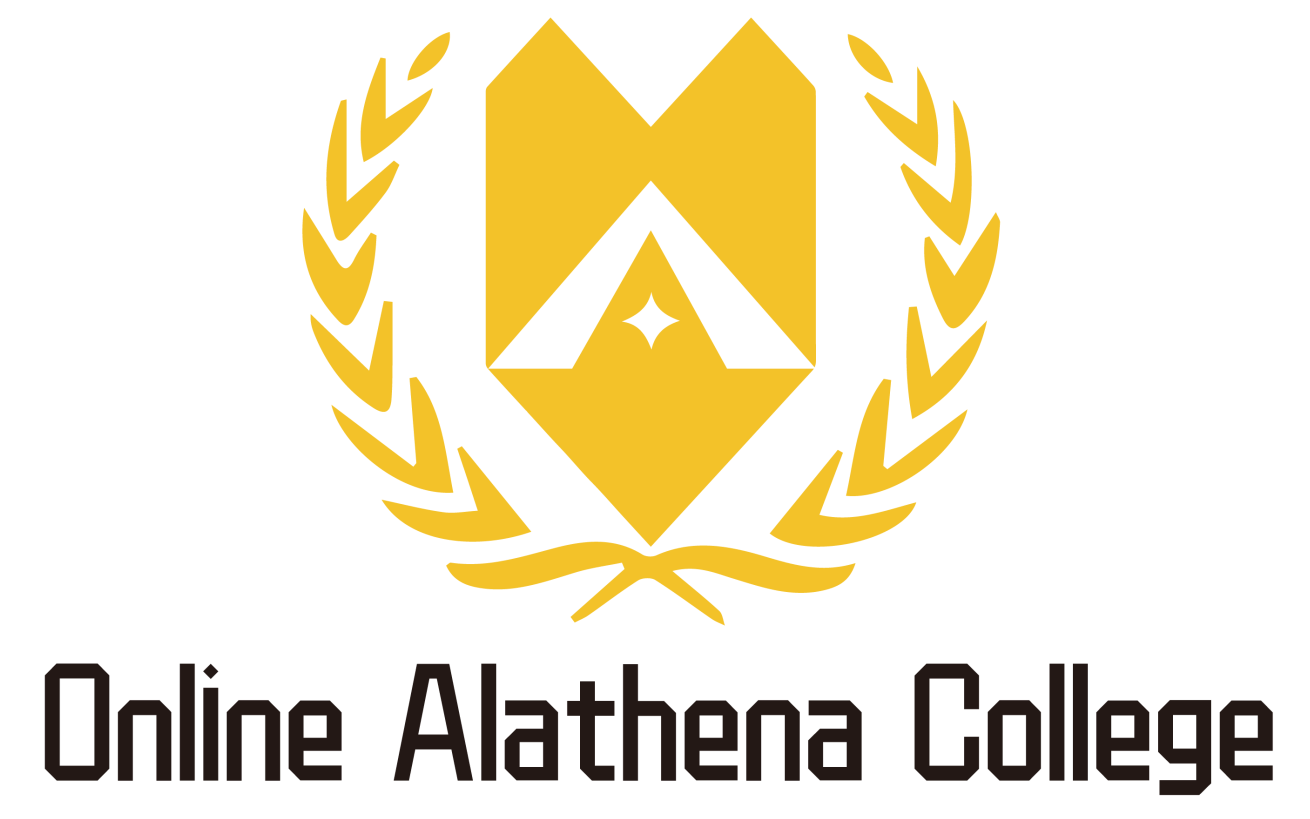SPH4U
course features
Physics, Grade 12, University Preparation
Write your awesome label here.
Course code
SPH4U
Credit Value
Level
Garde 12
Study time
Prerequisite
SPH3U, Grade 11 Physics
Curriculum Policy
Science, The Ontario Curriculum, Grades 11 and 12, 2008 (Revised)
Course Description
This course enables students to deepen their understanding of physics concepts and theories. Students will continue their exploration of energy transformations and the forces that affect motion, and will investigate electrical, gravitational, and magnetic fields and electromagnetic radiation. Students will also explore the wave nature of light, quantum mechanics, and special relativity. They will further develop their scientific investigation skills, learning, for example, how to analyze, qualitatively and quantitatively, data related to a variety of physics concepts and principles. Students will also consider the impact of technological applications of physics on society and the environment.
Unit 1: Dynamics
Students will review concepts essential to their success in the course: scientific notation, significant digits, vector operations, and fundamental mathematical tools. Principles of kinematics and free body diagrams will also be reviewed and extended. By the end of the unit, students will demonstrate and understanding of the forces involved in uniform circular motion and motion in a plane. They will have investigated forces involved in these modes of motion and have solved related problems. They will analyze technological devices that apply the principles of dynamics of motion, with respect to the effect of g-forces on the human body.
Unit 2: Energy and Momentum
Students will demonstrate an understanding of work, energy, momentum. Drawing from Grade 10 concepts of the laws of conservation of energy, they will extend these ideas to conservation of momentum in one and two dimensions. Through computer simulation and other modes of inquiry they will investigate these phenomena and solve related problems. They will conduct analyses and propose improvements to technologies and procedures that apply principles related to energy and momentum and assess the social and environmental impact of these.
Unit 3: Gravitational, Electric and Magnetic Fields
By the end of this unit, students will demonstrate an understanding of the concepts, properties, principles and laws related to gravitational, electric and magnetic fields, particularly with respect to their interactions with matter. They will investigate these phenomena graphically and through use of other electronic models. They will analyse the operation of technologies that use these fields and discuss the social and environmental impact of these technologies.
Unit 4: The Wave Nature of Light
Building upon concepts developed during Grade 10, students will study light with respect to its wave nature. Properties of waves will be discussed in a general sense, and the principles of diffraction, refraction, interference, and polarization will be investigated theoretically and through simulation. Technologies that make use of the knowledge of the wave nature of light, and their social and environmental impacts, will be discussed.
Unit 5: Revolutions in Modern Physics: Quantum Mechanics and Special Relativity
In this unit, some of the most exciting and counterintuitive concepts in physics, including Einstein's ideas about relativity, photoelectric effect, and particle physics, will be examined. Quantum mechanics and special relativity will be investigated mathematically, and related problems will be solved. Considering the revolutionary ideas studied in this unit, students will discuss how the introduction of new conceptual models can influence and change scientific thought, and lead to the development of new technologies.
Overall Curriculum Expectations
A. Scientific Investigation Skills and Career Exploration
- A1.demonstrate scientific investigation skills (related to both inquiry and research) in the four areas of skills (initiating and planning, performing and recording, analyzing and interpreting, and communicating);
- A2. identify and describe a variety of careers related to the fields of science under study, and identify scientists, including Canadians, who have made contributions to those fields.
B. Dynamics
- B1. analyze technological devices that apply the principles of the dynamics of motion, and assess the technologies' social and environmental impact;
- B2. investigate, in qualitative and quantitative terms, forces involved in uniform circular motion and motion in a plane, and solve related problems;
- B3. demonstrate an understanding of the forces involved in uniform circular motion and motion in a plane.
C. Energy and Momentum
- C1. analyze, and propose ways to improve, technologies or procedures that apply principles related to energy and momentum, and assess the social and environmental impact of these technologies or procedures;
- C2. investigate, in qualitative and quantitative terms, through laboratory inquiry or computer simulation, the relationship between the laws of conservation of energy and conservation of momentum, and solve related problems;
- C3. demonstrate an understanding of work, energy, momentum, and the laws of conservation of energy and conservation of momentum, in one and two dimensions.
D. Gravitational, Electric and Magnetic Fields
- D1. analyze the operation of technologies that use gravitational, electric, or magnetic fields, and assess the technologies' social and environmental impact;
- D2. investigate, in qualitative and quantitative terms, gravitational, electric, and magnetic fields, and solve related problems;
- D3. demonstrate an understanding of the concepts, properties, principles, and laws related to gravitational, electric, and magnetic fields and their interactions with matter.
E. The Wave Nature of Light
- E1. analyse technologies that use the wave nature of light, and assess their impact on society and the environment;
- E2. investigate, in qualitative and quantitative terms, the properties of waves and light, and solve related problems;
- E3. demonstrate an understanding of the properties of waves and light in relation to diffraction, refraction, interference, and polarization.
F. Revolutions in Modern Physics: Quantum Mechanics and Special Relativity
- F1. analyse, with reference to quantum mechanics and relativity, how the introduction of new conceptual models and theories can influence and/or change scientific thought and lead to the development of new technologies;
- F2. investigate special relativity and quantum mechanics, and solve related problems;
- F3demonstrate an understanding of the evidence that supports the basic concepts of quantum mechanics and Einstein's theory of special relativity.

